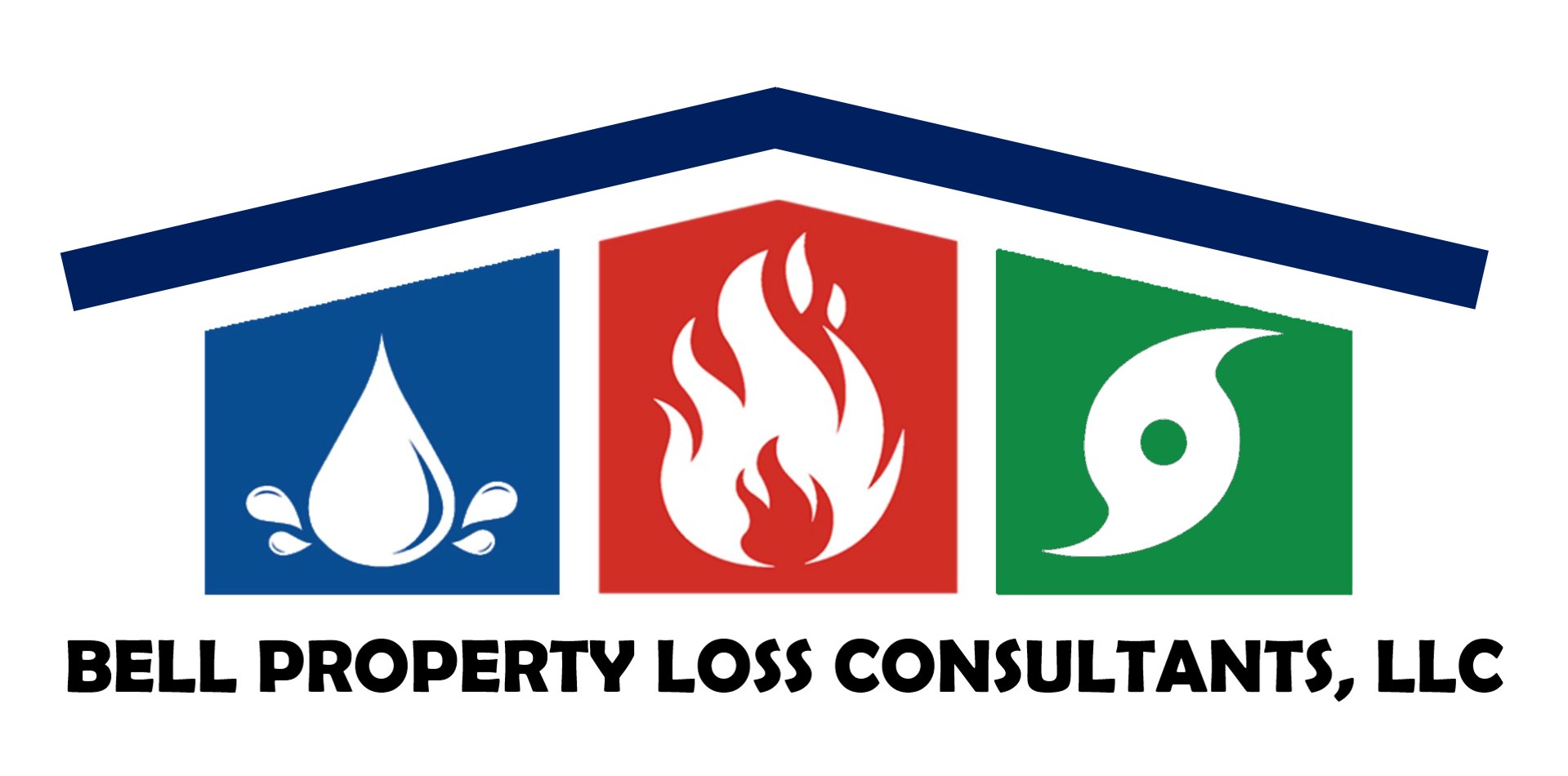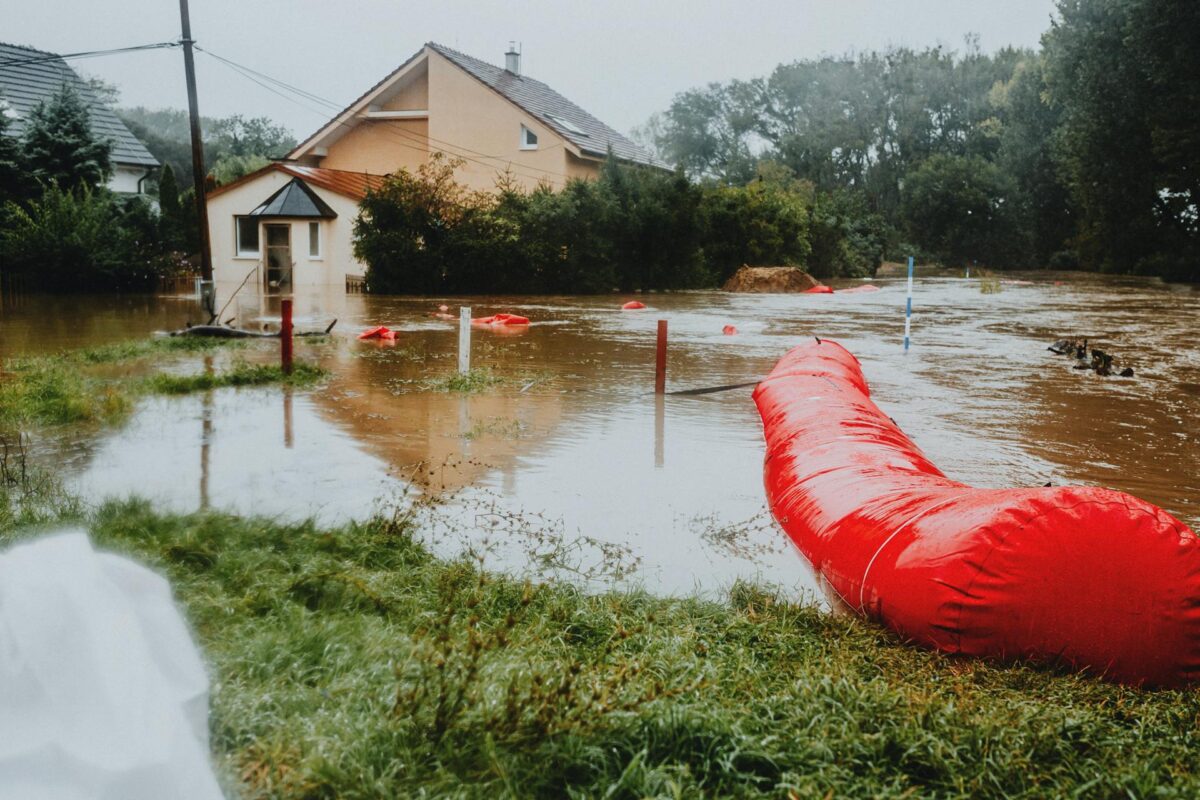Dealing with FEMA and NFIP (National Flood Insurance Program): What to Expect and How to Substantiate an Insurance Claim?
The Federal Emergency Management Agency (FEMA) is a U.S. government agency under the Department of Homeland Security, created to coordinate responses to natural disasters and emergencies that overwhelm local and state authorities. Established in 1979, FEMA’s primary mission is to help communities prepare for, respond to, and recover from disasters such as hurricanes, floods, wildfires, and other large-scale emergencies.
What FEMA Does:
- Disaster Relief: FEMA provides financial assistance for temporary housing, property repair, and personal losses not covered by insurance.
- Preparedness & Mitigation: FEMA works with communities on disaster planning, public education, and creating resilient infrastructure.
- Coordination & Support: FEMA partners with local, state, and federal agencies to coordinate disaster response efforts, sending in resources like food, water, medical supplies, and personnel when needed.
FEMA and the National Flood Insurance Program (NFIP): FEMA oversees the NFIP, a federal program that provides flood insurance to property owners in high-risk flood zones across the U.S. It ensures affordable flood insurance coverage since most private insurers don’t cover flood damage.
In short, FEMA plays a vital role in managing disaster recovery and helping Americans bounce back after emergencies, while also working to reduce the impact of future disasters.
Floods can cause significant damage to homes and properties, leaving homeowners with the daunting task of navigating insurance claims. If you have coverage through the National Flood Insurance Program (NFIP), understanding the process and substantiating your claim is critical to ensure you receive a fair settlement. Here’s what you need to know and expect when dealing with the NFIP and steps to help you successfully substantiate your insurance claim.
What to Expect from the NFIP
- Limited and Restrictive Coverage Flood insurance from the NFIP has specific limitations. Coverage is divided into two main categories: building property (the structure) and personal property (contents). Each category has coverage limits, which may not fully cover high-value items. Additionally, NFIP policies sometimes do not cover temporary living expenses or losses such as business interruptions, so it’s essential to be aware of these gaps.
- Cumbersome Claims Process: The NFIP claims process can be time-consuming and complex. After a flood, you must file a claim promptly but be prepared for a lengthy process that requires patience and thorough documentation.
- Government-Run Program Delays Because NFIP is a federal program, there may be delays due to the large volume of claims following significant flood events. This can add frustration and anxiety to an already stressful situation, so understanding the timelines involved can help manage expectations.
- Adjusters and the Initial Assessment Once you file your claim, an NFIP adjuster will be assigned to assess the damage. Remember that this adjuster works for the NFIP and will provide an estimate based on NFIP guidelines and policies. The adjuster’s assessment may not always reflect the actual cost of repairs, which is why it’s essential to be prepared to substantiate your claim if discrepancies arise.
How to Substantiate Your NFIP Insurance Claim
Successfully substantiating your NFIP insurance claim requires careful attention to detail, thorough documentation, and persistence. Here are vital steps to follow:
- Document Everything Immediately following the flood, start documenting all damages. Take extensive photographs and videos of every part of your property, including visible and blatant (e.g., soaked floors or walls). Capture images of the exterior and interior, damaged personal belongings, and structural components like the roof and foundation. The more detailed your documentation, the better.
- Keep Records of Repairs and Expenses Any emergency repairs you make to prevent further damage should be documented with photos and receipts. This is critical for reimbursement. Ensure all expenses related to the flood, such as temporary living expenses, if available, supplies receipts, and contractors’ invoices, are carefully filed for your claim.
- Hire an Experienced Insurance Professional- A trained and experienced insurance professional is essential to ensure a fair and accurate damage assessment. An Insurance Appraiser, Public Adjuster, or Building Consultant can review the adjuster’s report and identify any discrepancies or underestimations in the repair costs. They can also provide an independent estimate of what it will truly cost to repair or rebuild your property.
Appraisers, PAs (public adjusters), and building consultants with expertise in flood damage can help you navigate the complex NFIP guidelines. Their insights can significantly increase your chances of receiving a fair settlement, especially if disagreements arise with the initial assessment.
- Understand NFIP Policy Limits. Make sure you’re familiar with your policy limits under the NFIP. There is a cap on the amount the NFIP will pay for damages to the building and contents, so you should know how this might impact your claim. If the adjuster’s estimate is below your policy limits, your appraiser can help substantiate your claim and demonstrate that the actual costs are higher. The National Flood Insurance Program (NFIP) sets coverage limits for flood damage to residential and business properties. For homes, it covers up to $250,000 for the building and $100,000 for personal belongings. For businesses, the limit is $500,000 for the building and $500,000 for contents. However, these limits may not cover all damage, and high-value items or additional living expenses are not included. Business interruption and temporary housing costs are also not covered. Homeowners and business owners may need private flood insurance for full protection. Click here for a more detailed description of the NFIP Policy Limits.
- Be Persistent but Patient The process of settling an NFIP claim can take time, especially if there is widespread flood damage. While it’s essential to be patient, don’t be afraid to follow up regularly with your adjuster and advocate for your claim. Submit supplemental claims if additional damage is discovered after the initial assessment. Make sure you have other evidence to back it up, invoices receipts, estimates, etc.
Final Thoughts: Navigating the NFIP with Confidence
Dealing with the NFIP can be challenging, but by documenting your damage thoroughly, hiring an experienced insurance professional, and understanding your coverage limits, you can improve your chances of a fair settlement. Remember that the burden is on you, the policyholder, to substantiate your claim, so take the necessary steps to protect your interests. An insurance professional can provide expert insight to ensure you’re not left with unpaid repair costs.
In summary, preparation, persistence, and professional support are your greatest tools for the NFIP.





